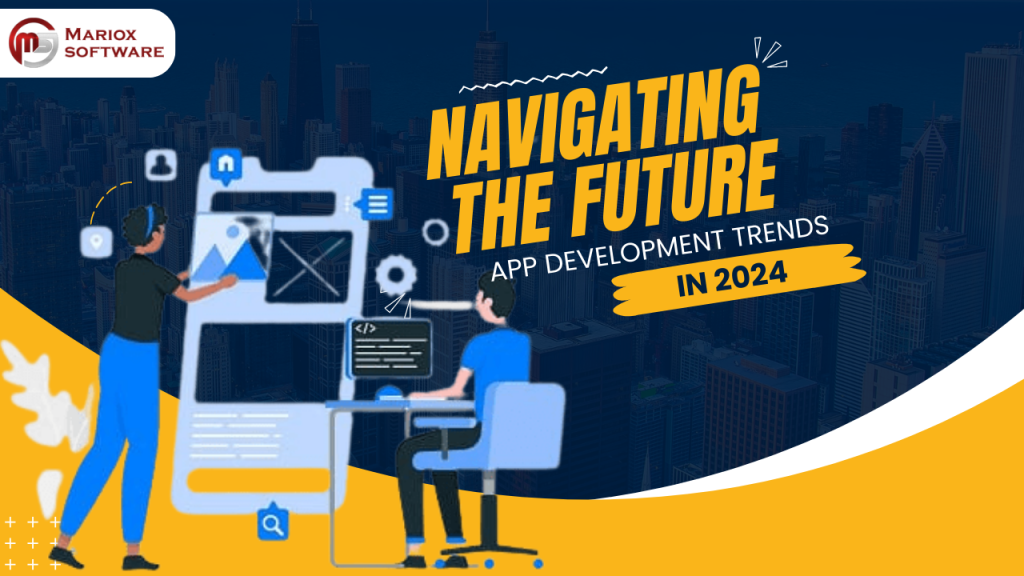In today’s digital age, mobile applications have become integral to our daily lives, making the role of UX/UI design in app development more crucial than ever. This blog delves into the Mobile User Experience Trends that are setting the stage for 2024, offering a glimpse into the future of mobile design.
Understanding UX/UI Design in Mobile Apps
UX and UI, though often used interchangeably, serve distinct roles in mobile app success. UX design focuses on the overall feel and user journey, while UI design is about the app’s interface and aesthetics. Together, they ensure a seamless and engaging user experience.
Current Landscape of Mobile UX/UI Design
The evolution of mobile UX/UI design has been marked by rapid technological advancements, shaping how users interact with their devices. This evolution is a testament to the industry’s adaptability and its constant pursuit of improved user satisfaction.
Top Mobile User Experience Trends
To explore the top mobile user experience trends shaping the industry, consider focusing on elements such as simplified user interfaces, dark mode design, voice-activated interfaces, advanced personalization through AI, gesture-based navigation, the integration of augmented reality (AR), biometric authentication for enhanced security, emotional design to create deeper connections with users, the emphasis on accessibility and inclusivity, and the impact of 5G technology on mobile design. These trends highlight the importance of creating seamless, efficient, and engaging user experiences in the rapidly evolving mobile landscape.
Simplified User Interfaces
Minimalism reigns supreme, with designs emphasizing clarity and ease of use. Successful apps are those that manage to declutter their interface while maintaining functionality.
Dark Mode Design
Beyond aesthetic appeal, dark mode offers practical benefits like reduced eye strain and lower battery consumption, making it a staple in mobile design.
Voice-Activated Interfaces
The integration of voice technology into mobile apps offers a hands-free, convenient user experience, reflecting the growing demand for accessibility and efficiency.
Advanced Personalization
Through AI and machine learning, apps can offer personalized experiences, balancing customization with privacy concerns to enhance user engagement.
Gesture-Based Navigation
As users seek smoother navigation experiences, gesture-based controls are becoming a popular alternative to traditional taps and clicks.
Augmented Reality (AR) in UX/UI
AR features not only enhance user engagement but also offer practical applications, from shopping to education, making them a growing trend in mobile UX/UI design.
Biometric Authentication
Biometric technologies offer a secure and convenient way to authenticate users, enhancing the overall user experience by streamlining access to services.
Emotional Design
Creating emotional connections with users is becoming a key focus, with designs that evoke positive feelings and enhance the user experience.
Accessibility and Inclusivity
Ensuring apps are accessible to all users, including those with disabilities, is not just a legal obligation but a moral one, pushing the boundaries of design inclusivity.
5G Technology and Mobile Design
The advent of 5G technology is setting new standards for mobile app designs, demanding faster, more responsive interfaces to match the capabilities of next-generation networks.
Designing for the Future
As we look towards the future, it’s clear that flexibility and foresight in design strategies will be key to meeting evolving user expectations and technological advancements.
Main Key Takeaways
This exploration of Mobile User Experience Trends underscores the importance of staying ahead in UX/UI design, highlighting the trends that are shaping the future of mobile applications.
